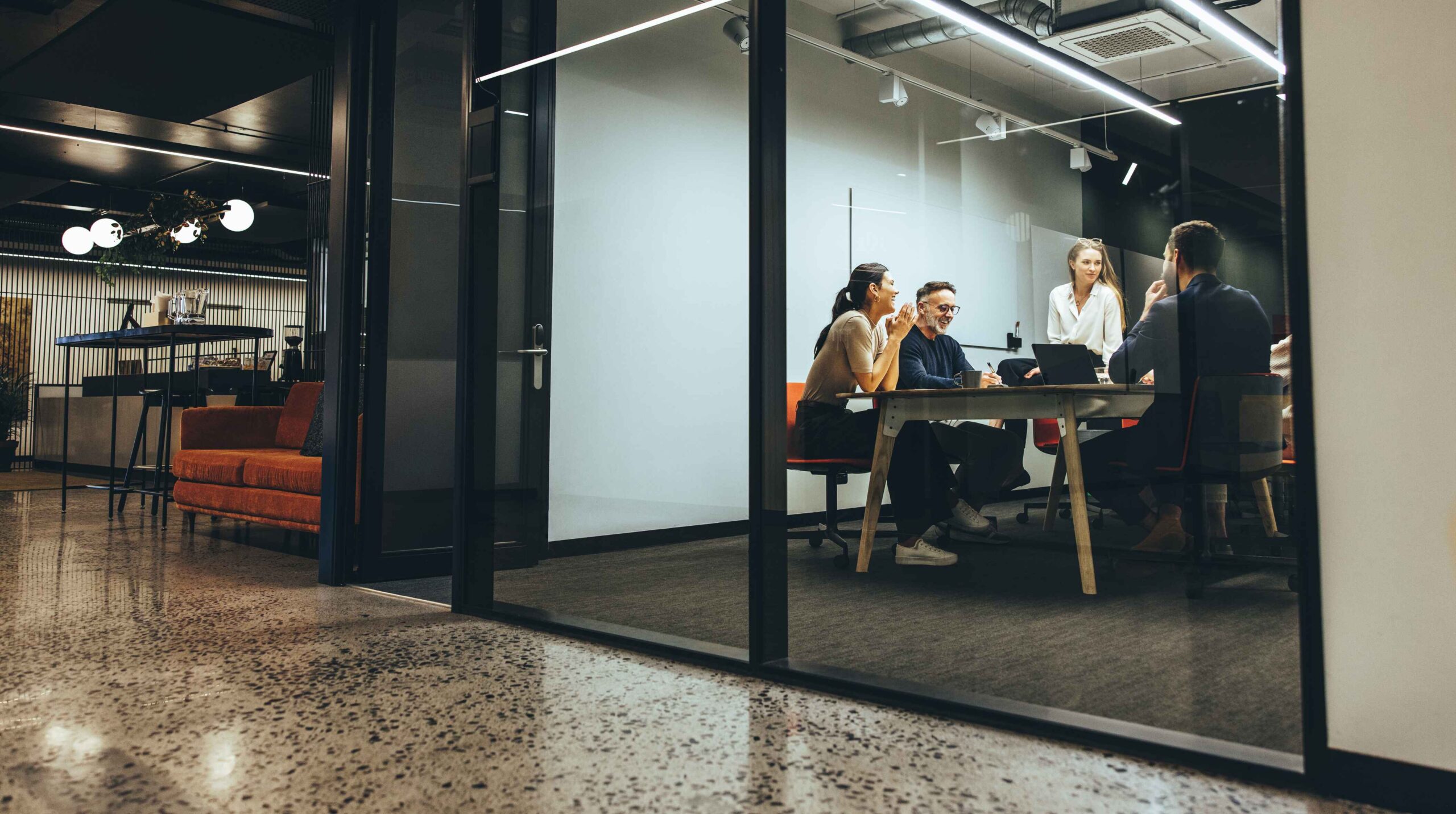A well-designed meeting room can significantly enhance productivity and collaboration among team members. By considering factors such as layout, technology, and atmosphere, organizations can create an environment that fosters creativity and effective communication.
Optimizing the Layout
The physical arrangement of furniture can influence interaction.
An effective meeting room layout encourages participation and engagement from all attendees. Consider using a circular or U-shaped arrangement to promote discussion and eye contact. Ensure that chairs are comfortable and conducive to long meetings. Additionally, allowing for flexibility in the seating arrangement can foster creativity. Remember that visibility and accessibility are key components to successful collaboration.
Incorporating Technology
State-of-the-art technology is essential for modern meetings.
Incorporating tools such as video conferencing equipment, projectors, and reliable Wi-Fi can greatly enhance the meeting experience. Ensure that all technology is user-friendly and that staff are trained on how to use it efficiently. This reduces downtime and frustration during meetings. Additionally, consider integrating smart boards and collaboration software to support interactive discussions. Keeping technology updated and functional serves to create a seamless meeting environment.
Controlling the Environment
The ambient environment can affect focus and engagement.
Lighting, temperature, and noise levels are crucial factors in maintaining a productive atmosphere. Natural light is ideal, but adjustable artificial lighting should also be available to suit different preferences. Rooms should be adequately ventilated and maintained at a comfortable temperature. Furthermore, consider soundproofing to minimize distractions from outside noise. A well-managed environment sets the stage for higher levels of concentration and productivity.
Fostering a Collaborative Culture
Encouraging teamwork starts with the meeting space.
Meeting rooms should embody a culture of collaboration and inclusivity. This can be achieved by setting ground rules for discussions and ensuring everyone has a voice. Displaying team achievements and values on the walls can inspire a sense of belonging. Regularly seeking feedback on the meeting process also empowers participants to contribute to continuous improvement. Cultivating a collaborative environment can dramatically enhance team dynamics.
Designing for Comfort
Comfortable settings promote longer, more productive meetings.
Invest in ergonomic furniture to ensure that attendees can maintain focus throughout lengthy discussions. Including elements such as cushions and adjustable desks can cater to different preferences. Breakout areas with soft seating can provide spaces for small group discussions, fostering creativity. Additionally, offering refreshments can keep energy levels high and encourage participation. A focus on comfort ultimately translates to a more effective meeting experience.
Utilizing Visual Aids
Visual tools enhance understanding and retention of information.
Incorporating charts, graphs, and visual presentations can significantly aid in conveying complex ideas. Whiteboards and flip charts can provide interactive elements that engage attendees in real-time. Visual aids not only simplify communication but also help maintain attention. Consider displaying agendas or schedules prominently in the room to keep everyone on track. The use of visual tools can enhance learning and cooperation during meetings.
Evaluating Meeting Effectiveness
Regular feedback is crucial for continuous improvement.
After each meeting, seek input from participants regarding the room setup, technology usage, and overall effectiveness. This can be accomplished through surveys or casual discussions. Identifying strengths and weaknesses in the meeting process ensures that improvements can be continually made. Regular evaluation helps create a responsive environment that adapts to the needs of the team. A commitment to ongoing assessment can elevate the quality of future meetings.
Creating a productive meeting room involves a strategic approach to layout, technology, comfort, and culture. By implementing these key elements, organizations can foster an environment that not only enhances productivity but also builds stronger team dynamics.

